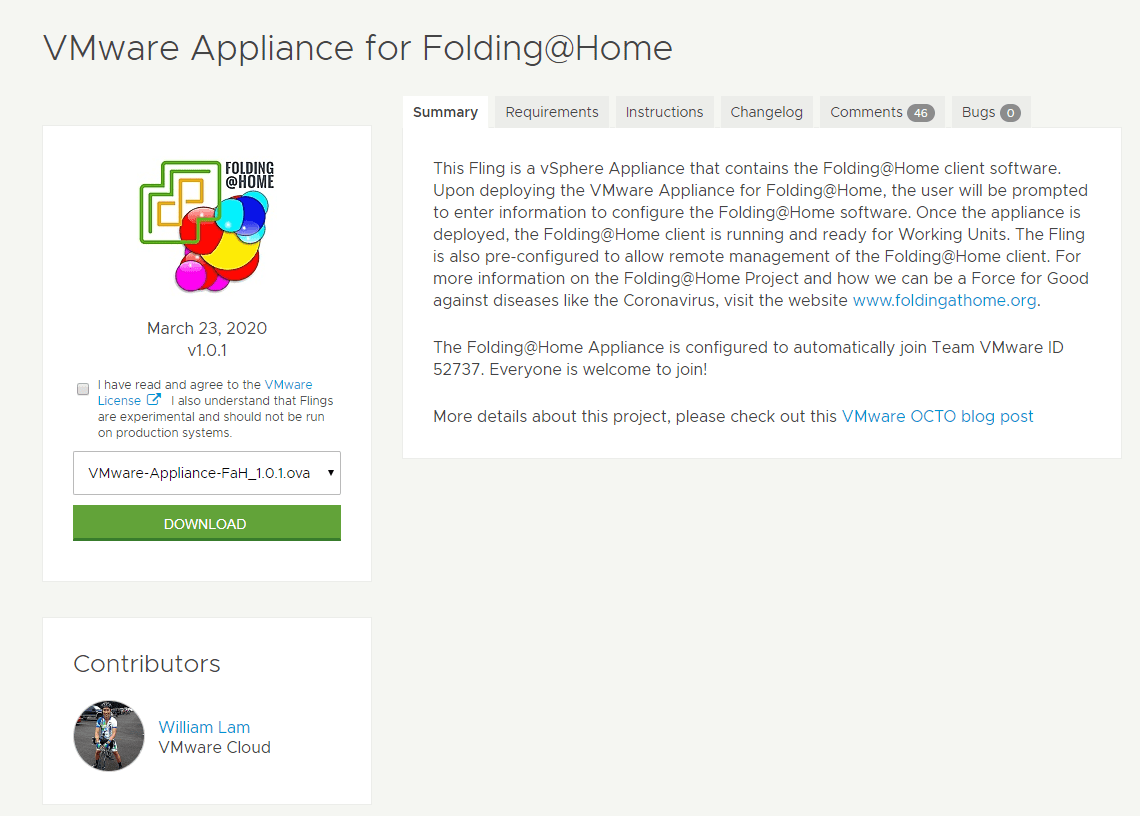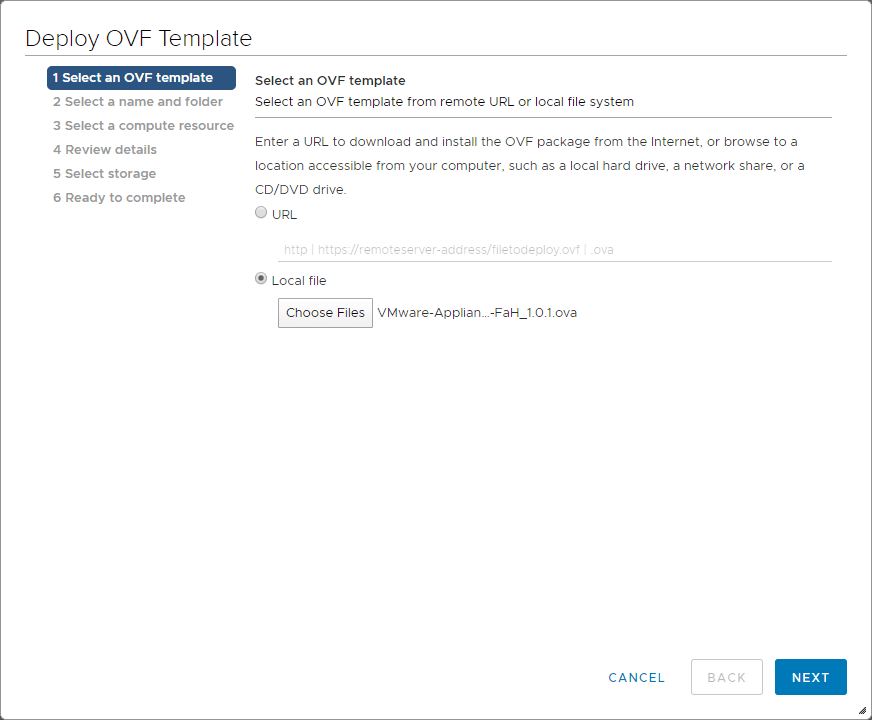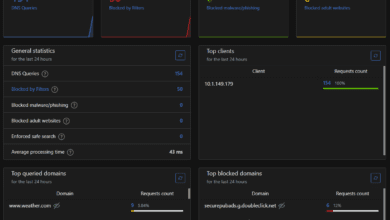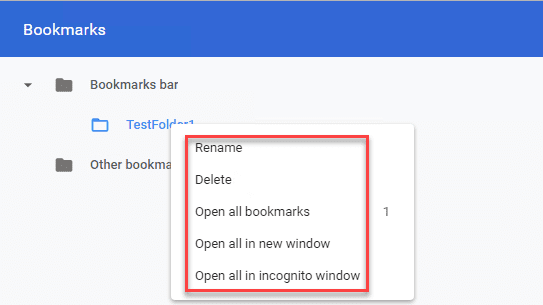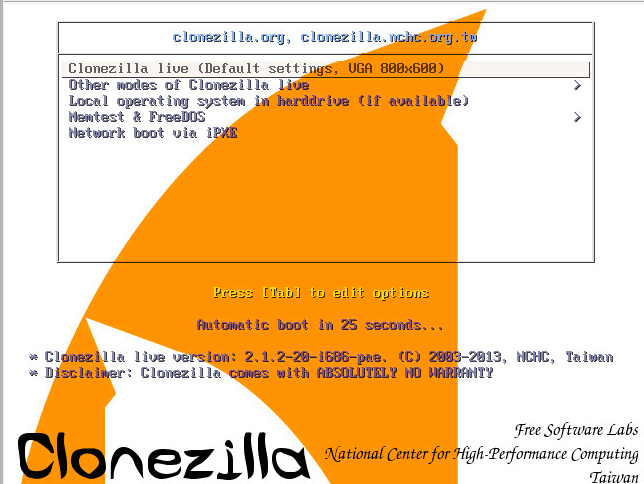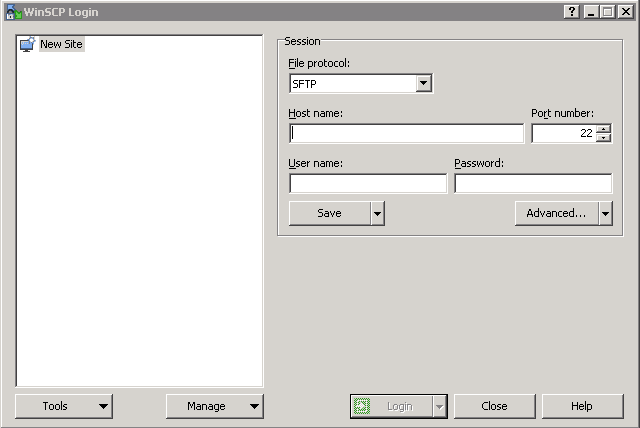Fight the Coronavirus COVID-19 from Home with VMware Folding@home
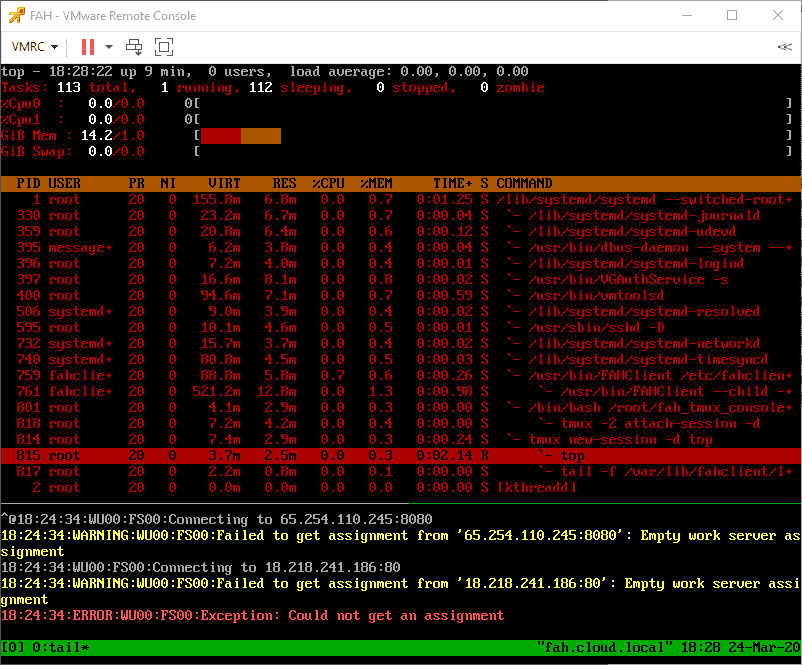
At this point, I am sure all of us will say that we hate the Coronavirus. It has taken lives, disrupted lives, and caused changes the world over. As it was with the terrorist attacks, the world will most likely not be the same from this point forward. Can you fight the Coronavirus COVID-19 from home, even if you are in isolation? Let’s look at the project called Folding@home and see how it allows you to make use of compute resources you may have available and work on fighting Coronavirus. Also, we will look at how to Fight the Coronavirus COVID-19 from Home with VMware Folding@home fling recently released.
What is Folding@Home?
It sounds like an interesting term or title. What is Folding@Home anyway?
Folding@home (FAH) is essentially a big distributed computing cluster. It allows people in the community to volunteer their computing time on their personal computers to help with these calculations.
If we understand how proteins fold, we can understand better how they “mis-fold”. Folding@home or FAH simulates protein dynamics, including the process of protein folding and the movements of proteins that are common to a variety of diseases that exist today such as Alzheimers.
By studying and calculating based on these dynamics simulations, Folding@home is empowering the scientific community by way of the distributed computing environment, to study these mutations and changes in the way proteins are linked to diseases.
VMware Folding@home Appliance Fling
VMware has released a Folding@home appliance thanks to the work of William Lam that allows easily deploying the Folding@home software inside of a vSphere applaince that allows getting the software up and running very quickly and performing calculations.
The Folding@home appliance is automatically configured to join the Team VMware ID 52737. So if you have a home lab or free cycles running on your ESXi host, or even VMware Workstation host (as of v1.0.1) you can join the project to help find cures to diseases like Coronavirus, COVID-19.
Downloading
The Folding@home appliance is available via the official VMware Fling site here:
Deploying and Running Folding@home appliance
The installation is a simple OVA appliance deployment. I am not showing all the screenshots here, however, it is straightforward. Check out the more detailed instructions taken from the VMware instructions download.
Below are the instructions straight from the Folding@home instructions downloaded from the VMware Fling site.
Select “Deploy OVF Template” in vCenter 2. Input your virtual machine name, and select the folder, compute resource. 3. Review and accept the template details 4. Select your datastore 5. Select your virtual machine destination network 6. Configure the appliance properties a. Hostname b. IP Address Note: If no IP address is set, appliance will use DHCP c. Network CIDR Prefix d. Gateway e. DNS f. DNS Domain g. NTP h. Proxy Settings i. OS Credentials – Root password Note: this is a mandatory parameter, failure to set a password will lead to a failed deployment. j. Folding@Home Settings i. Your chosen username ii. Team ID iii. Passkey Note: A passkey is provided to authenticate you as a user and is optional. https://apps.foldingathome.org/getpasskey iv. F@H Mode v. GPU enabled Note: if you are using a virtual machine with a GPU, this must be in passthrough mode vi. F@H Remote Mgmt allowed networks Note: Default allows all connections from FAHControl 127.0.0.1 must always be present, accept inputs are [IP Address] [IP Network/CIDR} Example; 127.0.0.1 192.168.10.10 127.0.0.1 192.168.10.0/24 vii. F@H Remote Mgmt password Note: This sets a password to be used when connecting FAHControl to your Appliance. The default is VMware1! viii. Enable F@H Stats in VM Console
The great thing about the VMware Folding@home appliance is William has done all the heavy lifting for us. The VMware team ID for the Folding@home project is already prepopulated and there is basically no configuration needed to get started, other than deploying the appliance and setting up your network configuration.
Getting Worker Assignments
Apparently, there is a huge demand to join the ranks of workers and may be having a tough time keeping up with demand. I noticed William’s comments on the official comments section of the VMware Flings site:
It looks like the Folding @ Home Folks maybe having issues assigning new WU’s, they’re aware and working to get WU’s units out for both large and small. Stay patient and you should receive something hopefully in the next day. This is certainly out of our control and we appreciate your support
Most likely if you stand up the appliance and give it some time, you will be assigned a worker slot. Also, from the feedback and comments that I have been reading on the official Flings site, there is no adjustments that you need to make to ensure you are working on COVID-19. They are prioritizing this work by default.
Wrapping Up
If you are looking for a way to effectively Fight the Coronavirus COVID-19 from Home with VMware Folding@home Fling, you can do just that. It is a simple download (very small), easy to deploy as an OVA appliance and is already prepackaged with the connection information, having the VMware team ID already prepopulated.
This is a great way to contributed to not only the fight against COVID-19, but also other diseases by way of entering the pool of distributed computing resources by way of making your free compute cycles available for this important research.
Resources:


